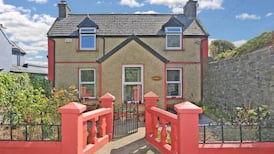Resorts to watch
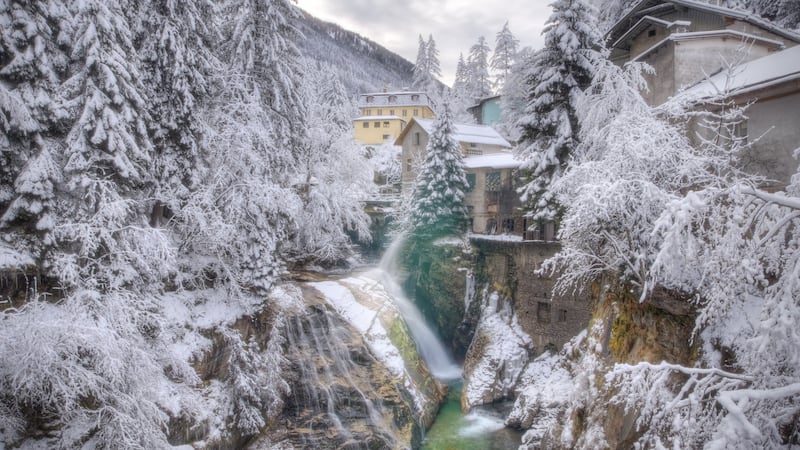
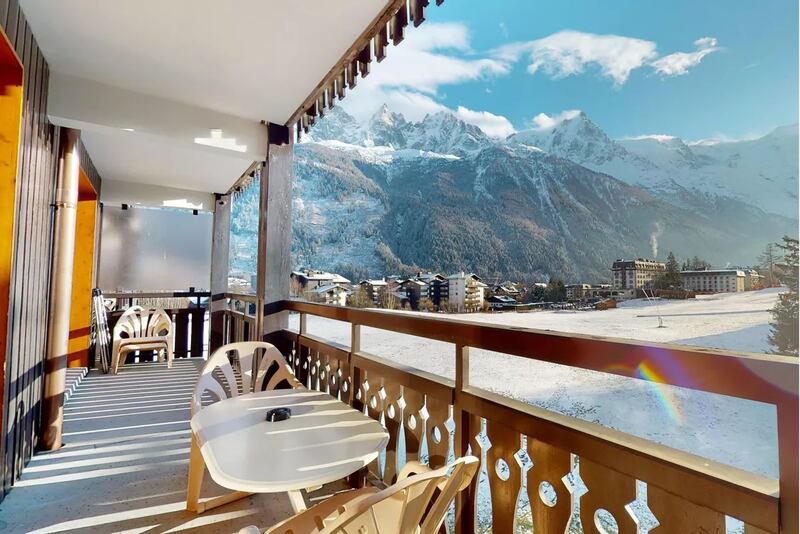
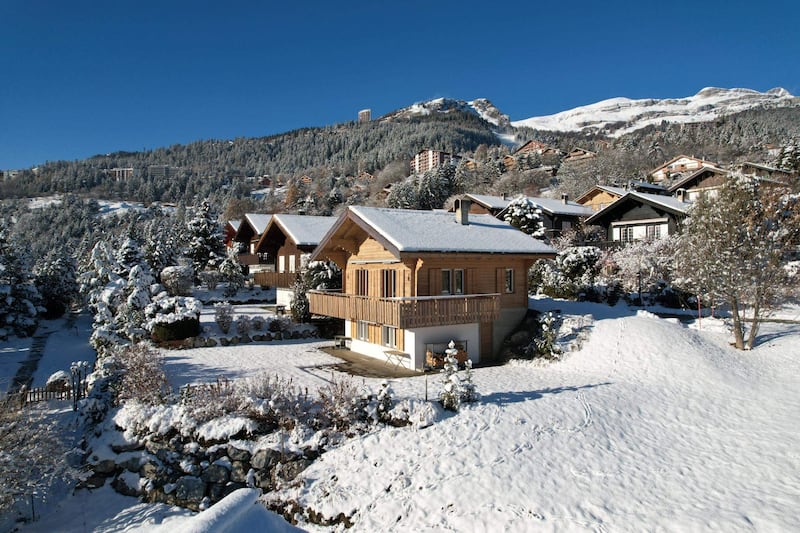
If you’re just back from an energetic week on the slopes, you might be dreaming of how you can get back to the world of carving, moguls and the all-important après ski.
Paul Mescal to return to Irish stage in ‘taut, explosive, pressure cooker of a play’
Illness management: ‘If my condition does not improve, does that make it my fault?’
Vikki Wall: ‘I think there is room for GAA players to be paid in some capacity’
Darragh Ó Sé: Dublin aren’t dead in the water - a return to Croke Park will make them a huge threat
But if this dream involves putting down roots of a more permanent kind among the snowy peaks, you might need to keep saving.
Yes, property prices in top ski resorts are rising at the fastest rate in eight years, according to a new report. Agent Knight Frank tracked the average price of a four-bedroom chalet across 23 alpine markets and reported a 5.8 per cent increase in the year to June 2022, up from 4.6 per cent a year earlier.
The report cites a move to hybrid working, a rekindled love of the great outdoors and a heightened interest in wellbeing, as the reasons for the growing demand.
However, this winter’s poor snow in a number of locations, plus the impact of rising interest rates, may see a slow-down in prices over the coming months.
Overall, Switzerland remains the most expensive location for ski resort properties, accounting for four of the top five most expensive locations, led by royal favourite Gstaad, where prices are €37,941 per square metre, followed by St Mortiz, Verbier, France’s Courchevel 1850 and Zermatt.
Switzerland also leads the charge for price growth, with the resorts of Crans-Montana and St Moritz leading the prime price index, with annual growth of 14 per cent in 2022.
In France, proximity to Geneva airport translates into faster price growth, with resorts in the area, including Chamonix, Megève, Morzine, Les Gets, all popular with Irish skiers, performing strongly. The country also emerged as the most popular destination among those participating in a sentiment survey who were looking to buy, followed by Switzerland and Austria.
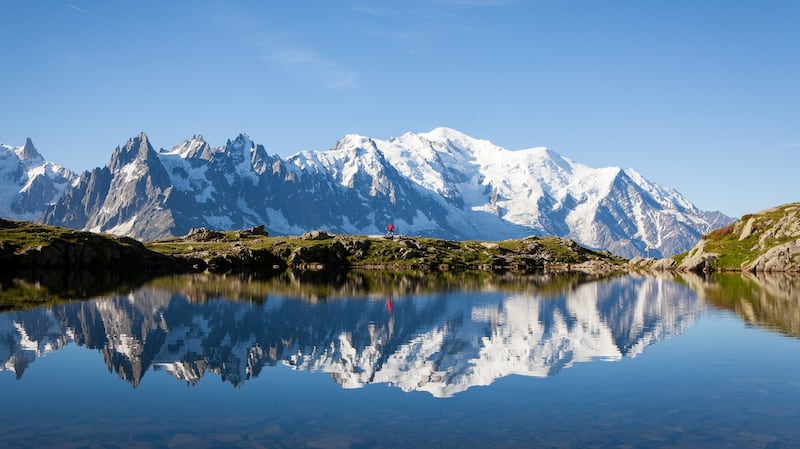
But it’s an uncertain outlook; rising interest rates make financing a ski home more expensive, while climate change is also likely to have an impact over the years ahead.
This may be why about 25 per cent of ski home buyers want a year-round resort offering both ski and non-ski amenities. Moreover, almost 60 per cent of respondents said they were taking a resort’s future plans for making snow into account when considering where to buy.
As a result, Knight Frank said it expected the “exuberance” in the alpine markets to cool in the next 12 months and the rate of annual price growth to slow.
“That’s not to say we expect prices to fall, in times of volatility and uncertainty the security of the Swiss Franc is likely to come to the fore once more, along with the value and accessibility offered by the French resorts.”
Meanwhile, Savills, in a similar report, expects prices to continue to rise this year, “in the upper price echelons and super-prime markets, where cash is generally more prevalent and acute undersupply remains”.
In the lower to mid-price sectors however, where buyers are more reliant on debt and therefore more subject to both the availability and cost of money, it expects some consolidation or “flattening of the curve”.









